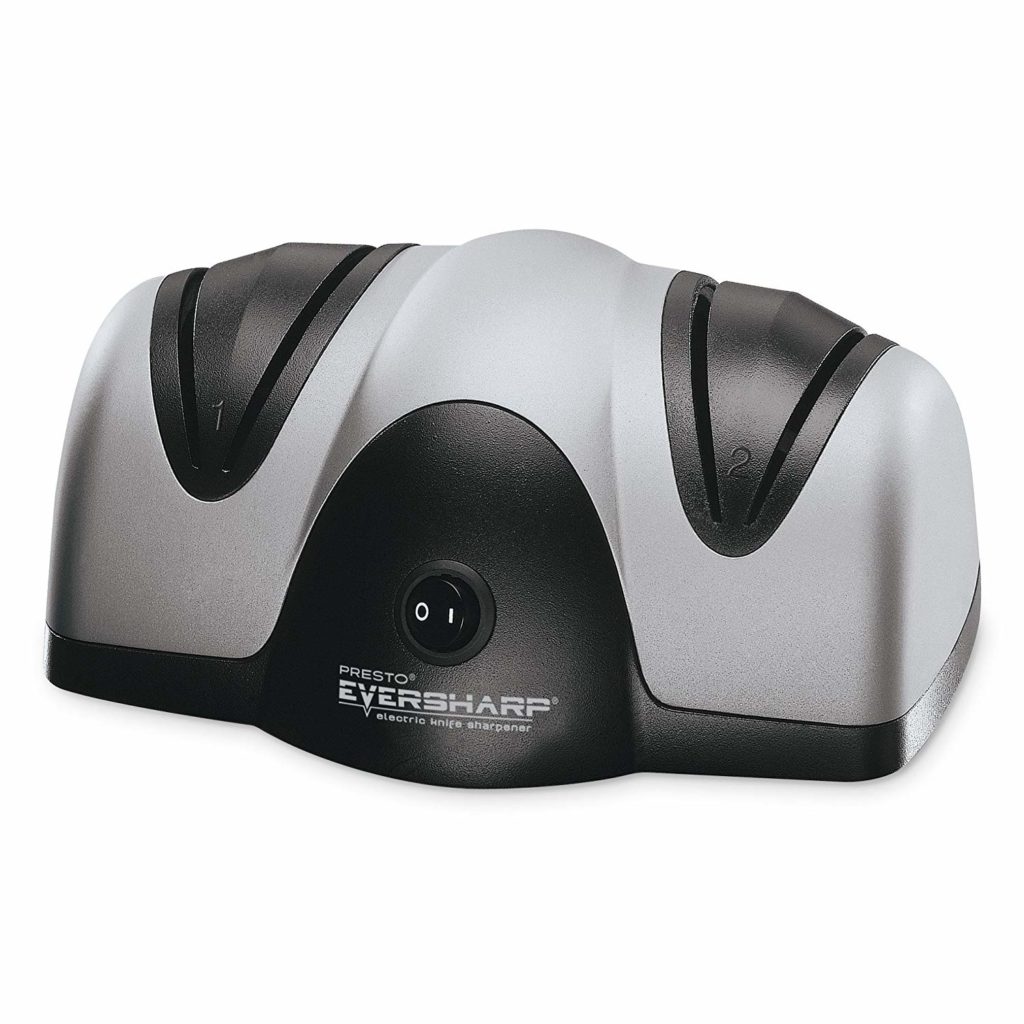The efficiency and success of your food business will highly depend on the design of your commercial kitchen. A good commercial kitchen allows for smooth workflow and superb productivity. Hence, you need to ensure that the design of your commercial kitchen can answer all your needs.
This article will give you an idea as to how top restaurants and cafes design their commercial kitchens. We will discuss five of the most common kitchen configuration designs to help you choose the best one for your needs.
Essential spaces
Every commercial kitchen design needs to have a space for the following:
- Delivery
- Storage
- Food prep
- Cooking
- Service
- Dish return
- Cleaning
No commercial kitchen design will function well without ensuring that there is a proper space for every seven stations. A designer could come up with different commercial kitchen layouts but it will only be efficient if it has a space for such essential stations. The following are some of the best commercial kitchen designs that seamlessly incorporate spaces for essential stations:
Design # 1: Assembly line configuration
This design is perfect for you if you’d be working on a limited or smaller space. Restaurants that serve small and simple dishes prefer this design. An assembly line configuration will be perfect for you if you’d be serving dishes like burritos, sandwiches, and tacos. Its efficient design will allow you to serve a huge number of people instantly.
Design # 2: Island configuration
An island configuration has a central workstation. The central workstation or island has built-in ovens and ranges; it’s where all the cooking happens. Food prep is done on surrounding counters. This configuration is versatile and can easily grow with your business. It can also be easily adjusted to your future kitchen needs.
Design # 3: Ergonomic configuration
This kind of layout prioritizes the comfort and ease of people. An ergonomic commercial kitchen will have every piece of equipment accessible and close to each other. The goal is to do as much with little movement as possible. Everything should be within arm’s reach. Although convenient, this configuration can have energy efficiency issues. If you want an ergonomic commercial kitchen with no energy efficiency issues, you should consider working with 360 Shopfitters (if, of course, your business is located in Melbourne, Australia).

Design # 4: Open configuration
This configuration is unique as it exposes your whole Back of House to your customers or guests. Pizzerias commonly prefer this kind of set-up. This commercial kitchen configuration will be perfect for you if you’re after promoting transparency and integrity in food preparation. This design can also easily serve as an added entertainment option to guests. Do know however that you will be under extreme scrutiny at all times. You will need to strictly maintain a neat and organized kitchen. If you’re not ready to spend extra on additional manpower for maintenance, it’s best to consider other layout options.
Design # 5: Zoning configuration

This layout is strictly dedicated to zones. The design will greatly focus on different commercial kitchen stations. Prep, cooking, service, and dishwashing will each have separate spaces. This layout is extra sufficient as all needed equipment will always be placed in one dedicated space. There will be no need to go from one station to another to look for tools. With a zoning configuration, all blenders and knives will be placed in the prep zone while all sinks and cleaning supplies will be in the dishwashing zone.
In looking for the best layout for your commercial kitchen, you should also consider the following factors:
1. Smart space use – know your exact kitchen needs for space optimization. Only have items that you will use at all times. Given the pandemic, it’s best if your commercial kitchen will allow for a space where your staff can easily be socially distanced.
2. Flow – it should be easy to work in your space. Your staff should be able to comfortably do their tasks in the quickest way possible. Smooth flow should be observed from delivery to cleaning.
3. Simplicity – you should not complicate the design. The simpler the solution and the smoother the flow, the better.
4. Flexibility – it should be easy for your design to change over time. You should consider future needs for added menus. Come up with a design that you’d be able to easily tweak and modify. To do this, you might want to invest in prep tables, racks, and shelving units with wheels.
5. Sanitation – sanitation is everything. You should come up with intelligent designs to make it easy for everyone to strictly follow sanitation protocols. Your commercial kitchen should also have proper ventilation. Good airflow should be prioritized at all times.
6. Energy efficiency – place cold equipment far from your hot equipment. Less energy is required when such equipment with opposite temperature requirements are separate from each other. An ergonomic design where cold and hot equipment are near each other is not energy efficient because more power will be required for cooling and heating. Carefully arrange your commercial kitchen with this concept in mind.
7. Supervision – this factor will be important depending on the size of your staff. A large staff will need to be supervised for optimum efficiency. If you’d have a large staff, it’s best to consider design options that will make it easy for your executive chef to oversee all the work. To make supervision easy, you can use fewer walls and partitions.


